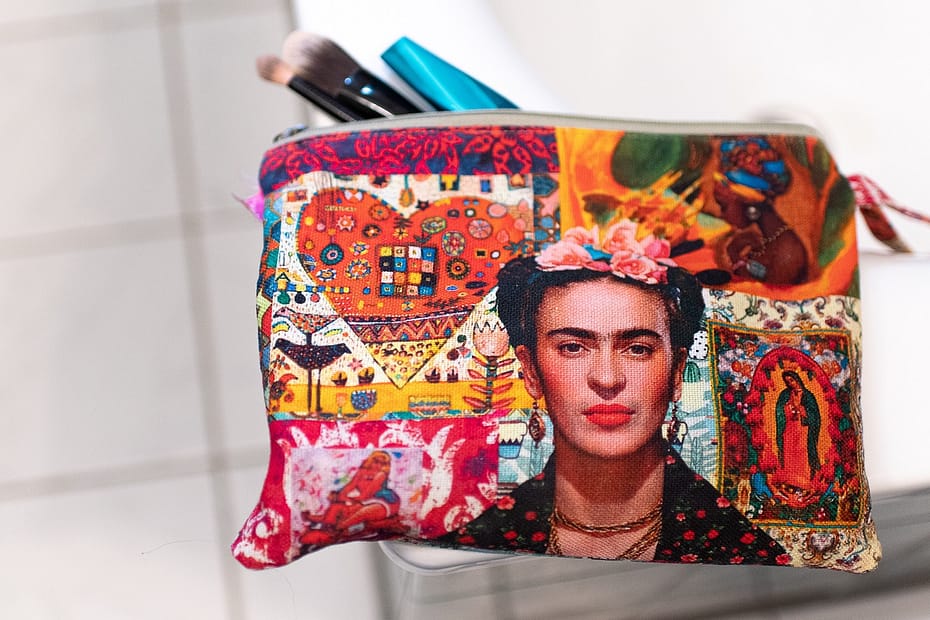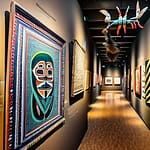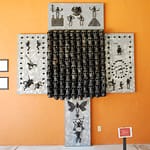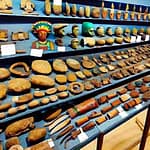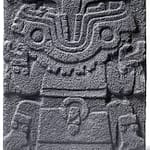Step into the world of Mexican art and prepare to be captivated by the names Rivera, Kahlo, Siqueiros, and Orozco. These legendary figures dominated the art scene from the 1920s to the 1950s, surpassing even Europe in terms of prestige. It’s hard to believe that this was once unimaginable during the Mexican Revolution. But after the revolution, Mexico underwent significant changes in its identity, and it became a magnet for young, idealistic foreign artists.
At that time, Mexico was striving to establish its legitimacy and ideology among a mostly illiterate population. With limited access to mass media, murals became a powerful tool to showcase Mexico as a blend of indigenous and European cultures, with a touch of socialism. Government mural commissions became highly prestigious, benefiting many sympathetic artists. However, the “big three” – Diego Rivera, David Alfaro Siqueiros, and José Clemente Orozco – reaped the greatest rewards.
While muralism was deeply rooted in nationalism, it also resonated with international audiences. The legacy of colonialism was being questioned, and there was a growing interest in integrating native identities. Foreign photographers captured not only the violence of the Revolution but also the vibrant traditional communities of Mexico. These communities appealed to those weary of Western industrialization. Additionally, many Mexican artists embraced socialism and communism as part of a global movement.
Another factor that contributed to Mexico’s artistic allure was the turmoil in Europe, which made Paris too dangerous for aspiring artists. In 1923, artists like Everett Gee Jackson and Lowell Houser ventured to Mexico to explore its artistic possibilities. They eventually found themselves in the enchanting Lake Chapala area. For the next three decades, countless foreign artists flocked to Mexico, although they were often referred to as “assistants,” which was somewhat misleading. Many of these artists were young and sought to kickstart their careers by leveraging Mexico’s artistic prestige. However, they rarely worked as true assistants to established Mexican artists. Mexican artists, particularly Siqueiros and Orozco, did not see the value in the participation of outsiders. Rivera, on the other hand, was more open to collaboration.
Despite the skepticism towards foreign artists, there were notable exceptions. Frenchman Jean Charlot painted “The Conquest of Tenochtitlan” (1922) and “Dance of the Ribbons” before his work was destroyed by Rivera himself. Charlot eventually left Mexico and found success in the United States. Other noteworthy non-Mexican muralists include Ione Robinson, Pablo O’Higgins, Rina Lazo, Marion and Grace Greenwood, Howard Cook, Philip Guston, Reuben Kadish, Ryah Ludins, and Isamu Noguchi. Their experiences in Mexico varied from idyllic to disillusioning.
Many of these artists sought or created projects outside of prestigious governmental commissions in Mexico City. Marion Greenwood convinced the Hotel Taxqueño in Taxco to let her paint “Taxco Market” (1933), which opened doors for her back in the U.S. Howard Cook followed suit by painting “Taxco Fiesta” at the same hotel and later worked on murals in U.S. post offices. While most foreign artists did not consider staying in Mexico, there were exceptions like Pablo O’Higgins, who fully embraced Mexican culture and spent decades painting murals. He also played a crucial role in connecting foreign artists with projects, culminating in the massive undertaking at Mexico City’s Abelardo L. Rodríguez Market in the 1950s.
Rina Lazo, originally from Guatemala, arrived in Mexico on a scholarship in the 1930s. Her personal and professional lives became intertwined with Diego Rivera and Frida Kahlo. She started as an assistant but eventually created significant murals of her own. Her husband was one of “Los Fridos,” a group of students inspired by Frida Kahlo. I had the privilege of meeting Rina shortly before her death in 2019, and her unwavering devotion to Diego and Frida was evident.
However, not every foreign artist had a positive experience in Mexico. Philip Guston and Reuben Kadish arrived in 1934 to paint “The Struggle Against War and Fascism” in Michoacan but quickly became disillusioned. Guston expressed his disappointment in Rivera’s work, calling it a “horrible mess.” Both artists moved on to other artistic trends and rarely spoke about their time in Mexico.
The Abelardo L. Rodriguez Market project marked the last grand moment of classic muralism. While Rivera held official authority and significant influence over the project, artist recruitment and supervision fell to Pablo O’Higgins. He brought together artists like the Greenwood sisters, Ryah Ludins from Russia, Isamu Noguchi from Japan, and others, each with their own wall space to showcase their talent.
